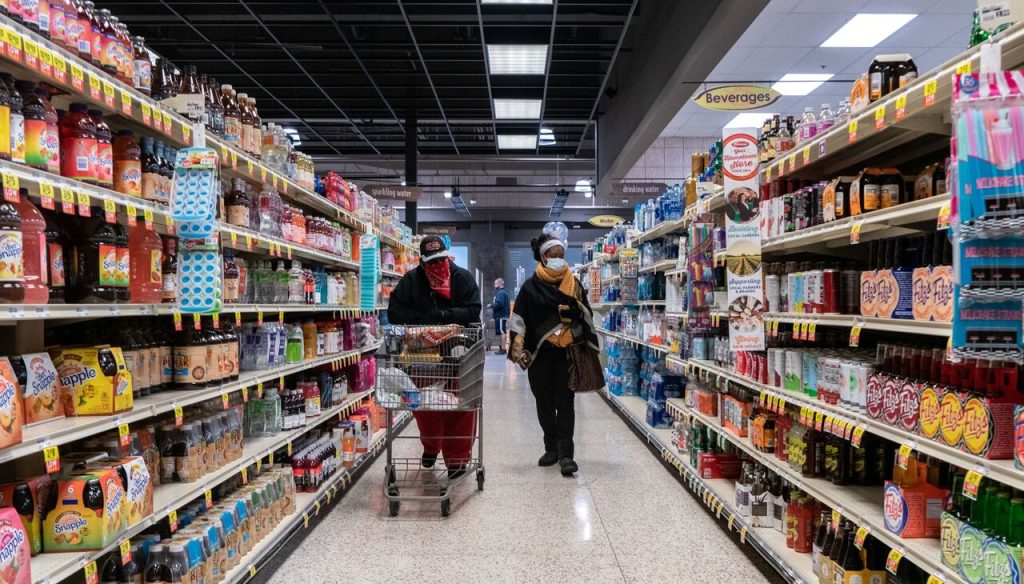The declining purchasing power of Americans is due to the popularity of installment payments.
The report by Newsweek magazine states: Research by the marketing agency PartnerCentric in New York shows that more than half of Americans (52 percent) now use the “Buy Now, Pay Later” (BNPL) service, with Gen Z (those born between 1997 and 2012) and Millennials (those after Gen Z) leading the way in using this payment service at 59 and 58 percent, respectively.
The research showed that 53 percent of Americans plan to use this method this year, and that number will increase to 65 percent for Gen Z this year.
Regarding the importance of American citizens using this payment method, it should be said that even before US President Donald Trump announced tariffs in early April and the subsequent increase in tariffs on China, Americans had shown signs of economic stress by reducing their daily purchases.
Some companies that offer “buy now, pay later” services tout the service as a reliable and easy-to-use budget management tool that eliminates the need for credit checks or interest payments, but experts told Newsweek that the rise in popularity of installment purchases reflects the impact of inflation and economic instability on people’s budgets.
A Partnercentric survey of more than 1,000 people across the United States also found that one in four people use “buy now, pay later” services, largely due to the rising cost of living, and 15 percent of respondents said they would use the payment method for the first time in 2025.
The results showed that the popularity of the service was highest for medium-to-large items such as electronics, furniture and household goods with a minimum price of $250, but 31 percent of respondents admitted to using it for groceries.
A survey by LendingTree also found that the number of people who said they use the service to buy groceries has increased to 25 percent, up from 14 percent last year.
While the payment method is seen as a way to spread out larger purchases, the trend reflects rising inflationary pressures, high interest rates, and general economic uncertainty among American families, the company’s analyst Matt Schultz told Newsweek.
Other surveys in the United States have suggested that consumer confidence in the United States has declined. In April, the U.S. Consumer Confidence Index fell for the fifth straight month and is expected to drop the most in 13 years.

